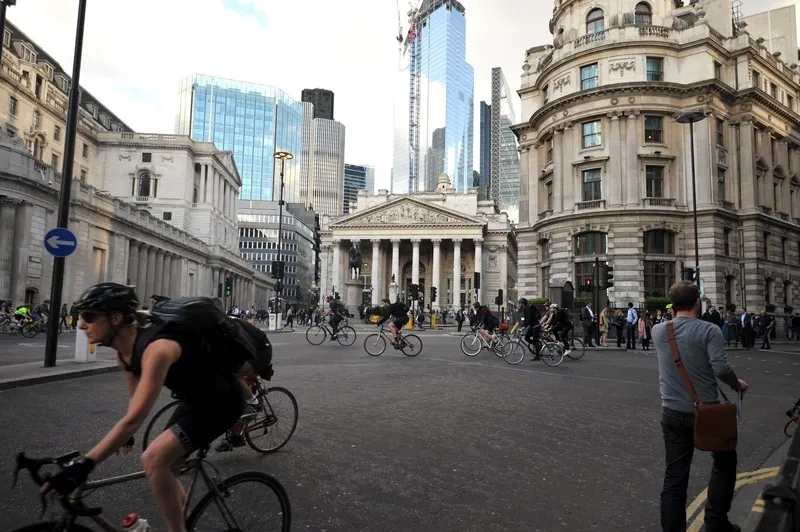Transport for London (TfL) has awarded Siemens a contract to upgrade and operate the capital’s detection and enforcement infrastructure (D&EI) contract for the next five years, including the supply of equipment, systems and services for monitoring traffic as part of TfL’s low emission zone (LEZ) and congestion charging schemes.
Commencing in January 2015 with the implementation phase, the new agreement includes the replacement, support, maintenance and operation of instation systems and services includi
January 9, 2015
Read time: 2 mins
Commencing in January 2015 with the implementation phase, the new agreement includes the replacement, support, maintenance and operation of instation systems and services including business continuity services for both LEZ and the congestion charging schemes. The contract also includes the replacement of automatic number plate recognition (ANPR) cameras and associated infrastructure for the purpose of enforcement and monitoring. The cameras will be located on-street across various sites including transportable ANPR for the LEZ scheme.
Commenting on the new agreement, Tom MacMorran, sales and marketing director at Siemens, said: “Drawing on many years’ service operation in London and elsewhere, we have the experience and expertise to supply and implement solutions such as roadside infrastructure, IT solutions, back-office software and satellite-based systems to achieve or exceed very high availability and detection service level agreements.”









